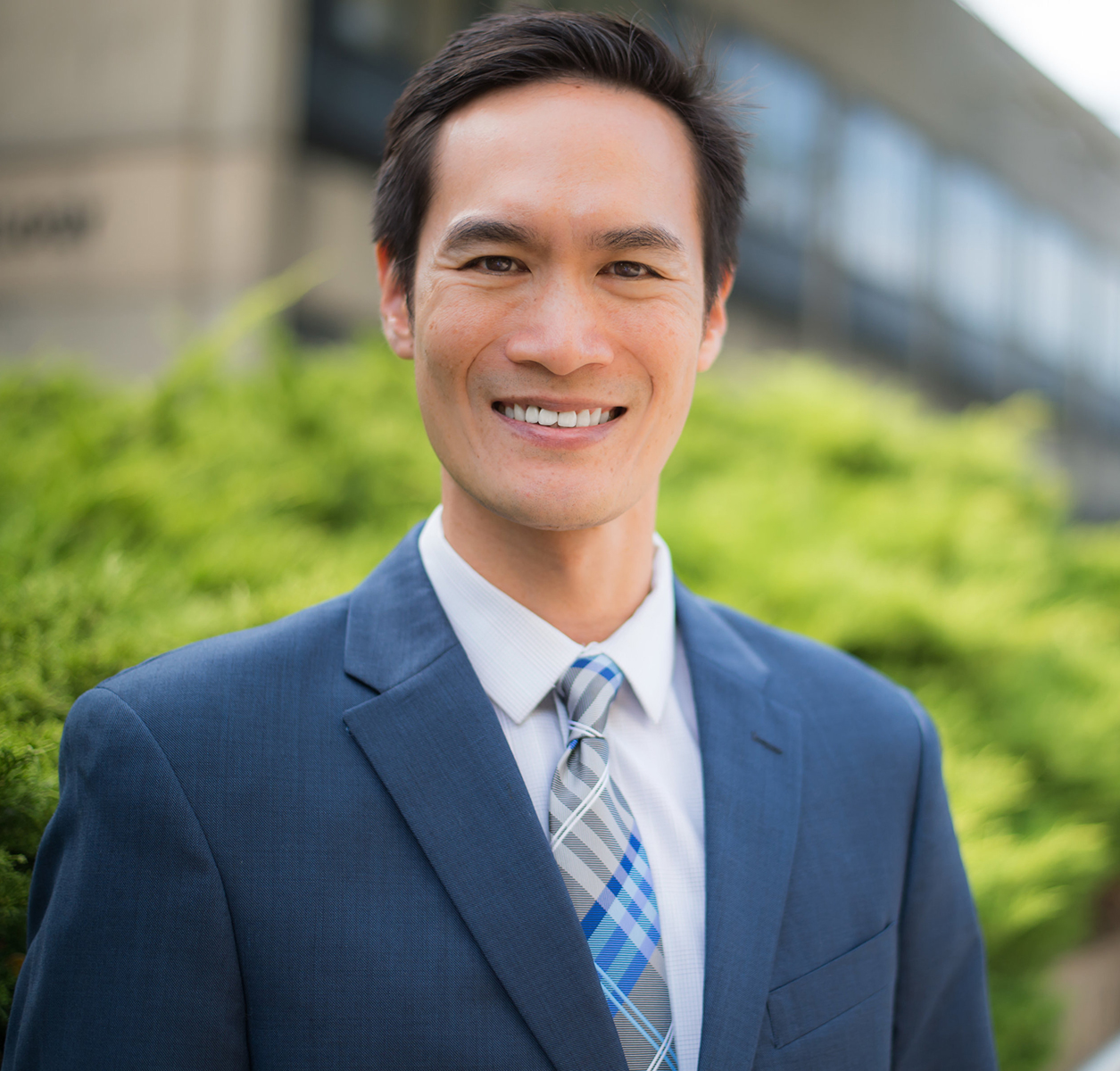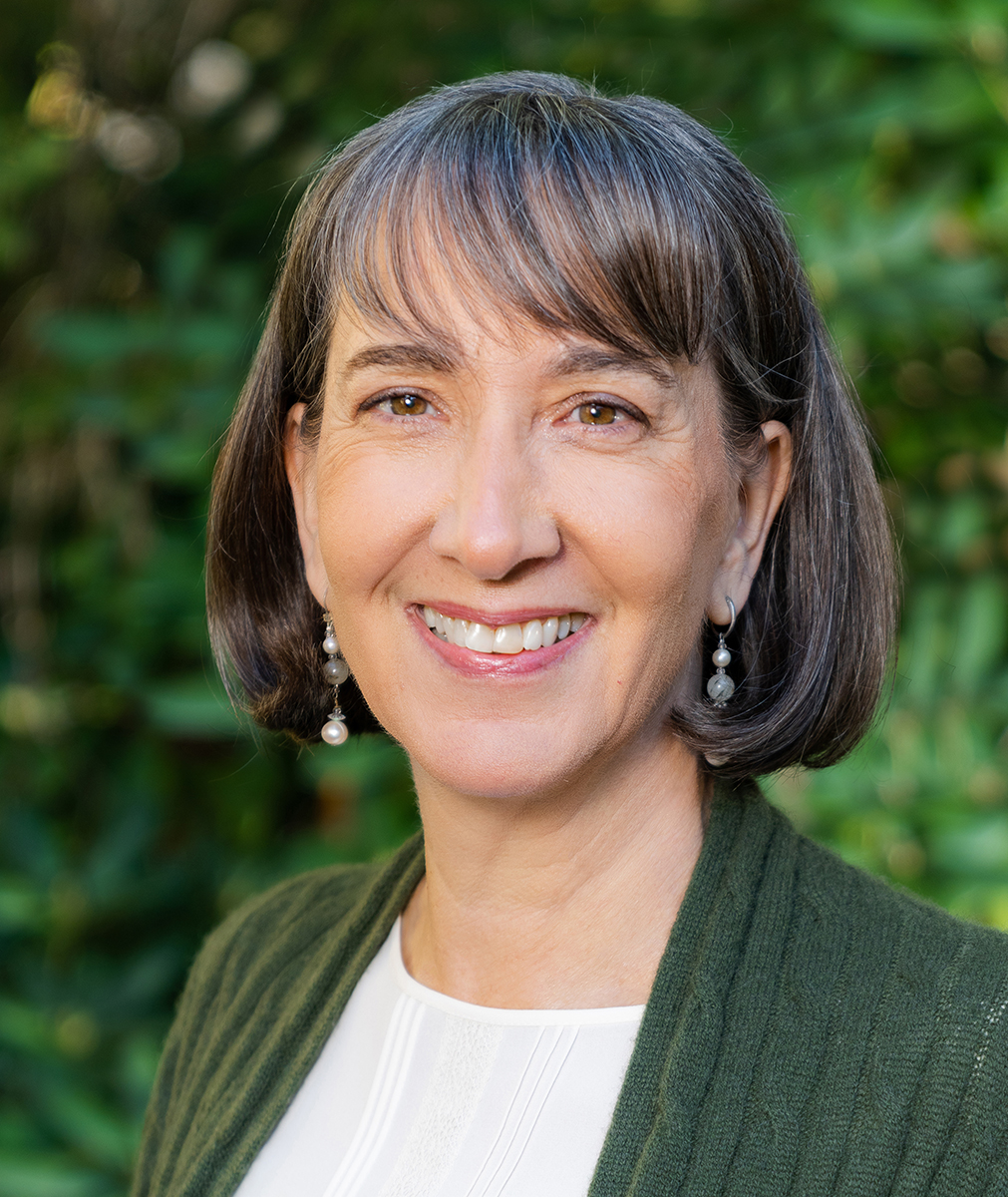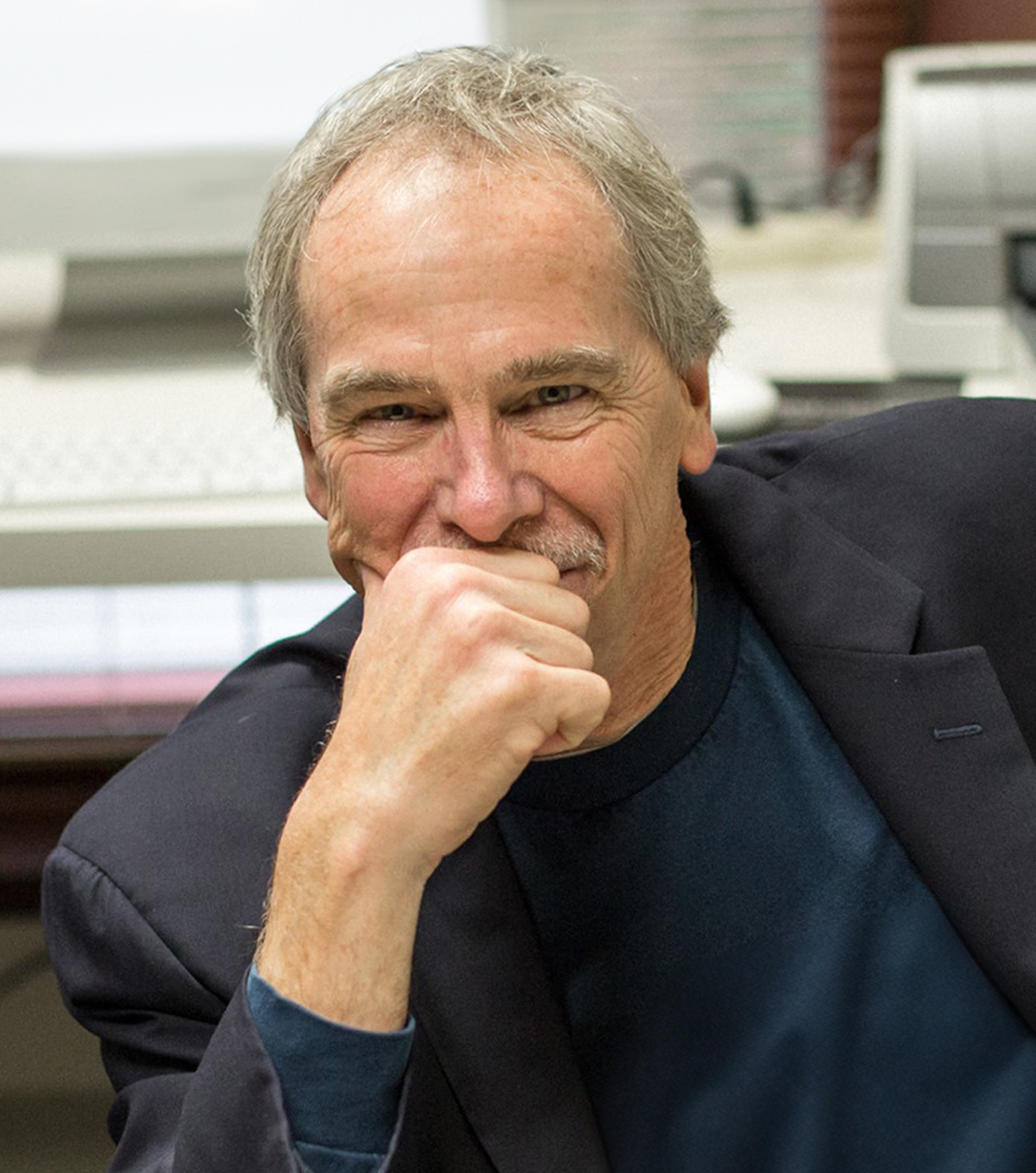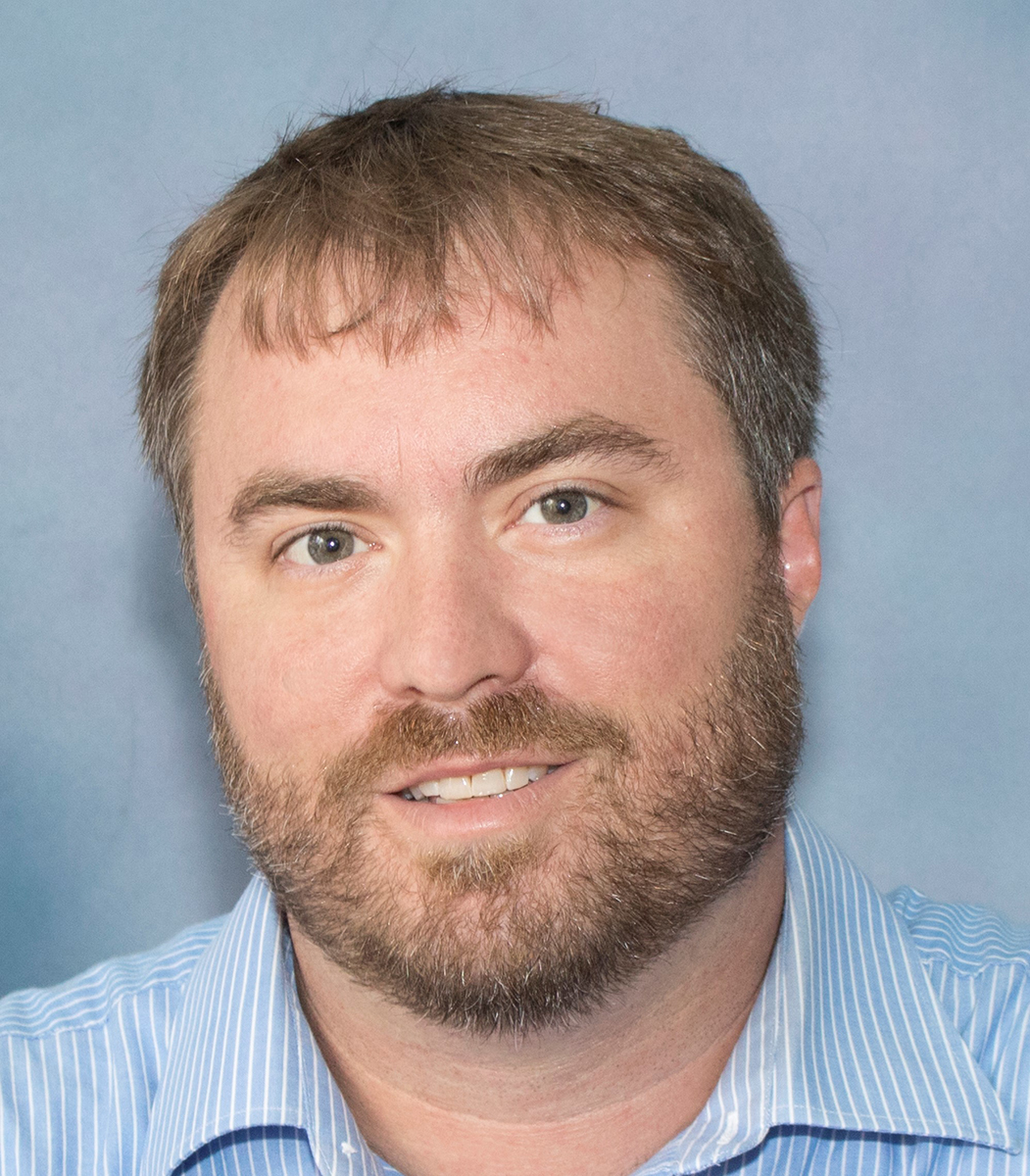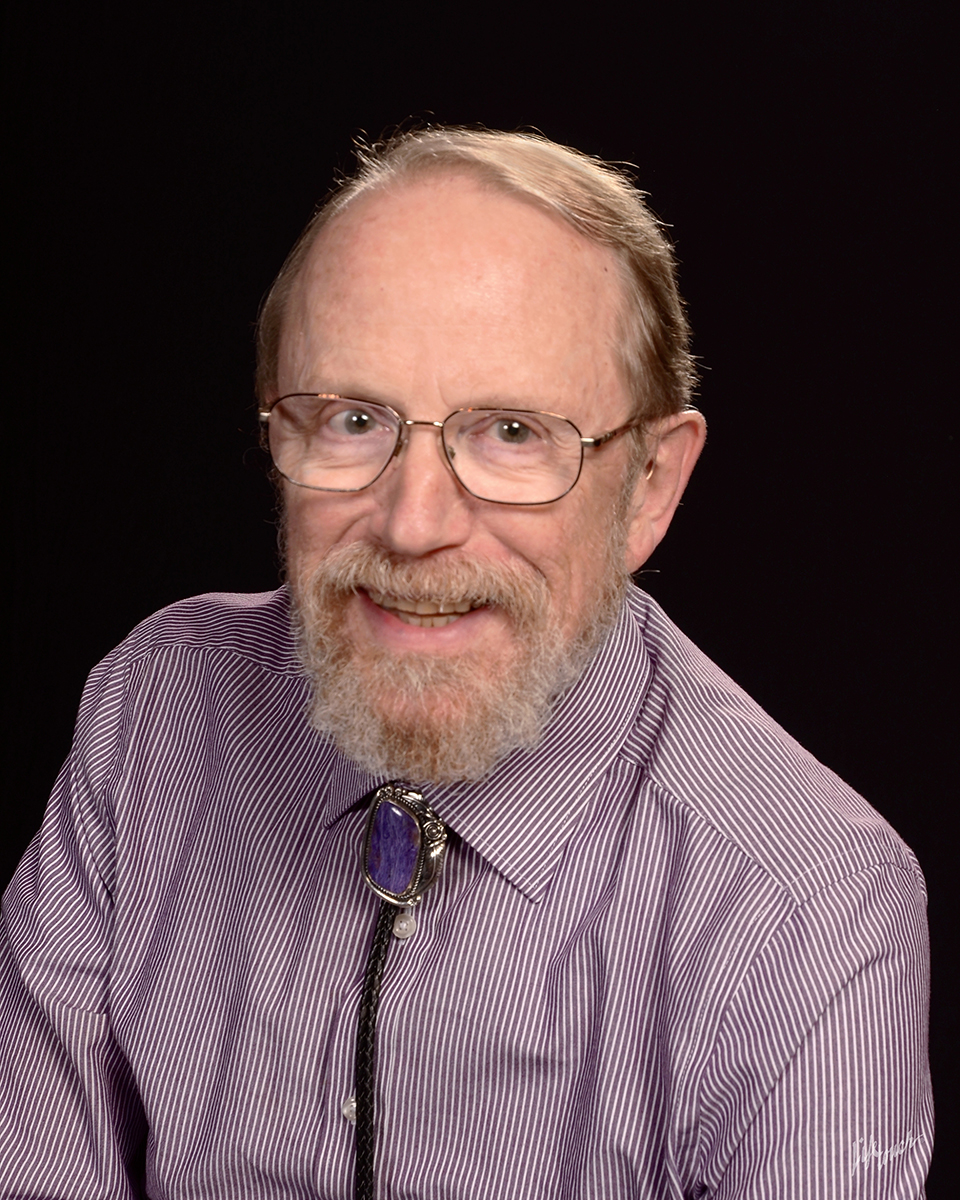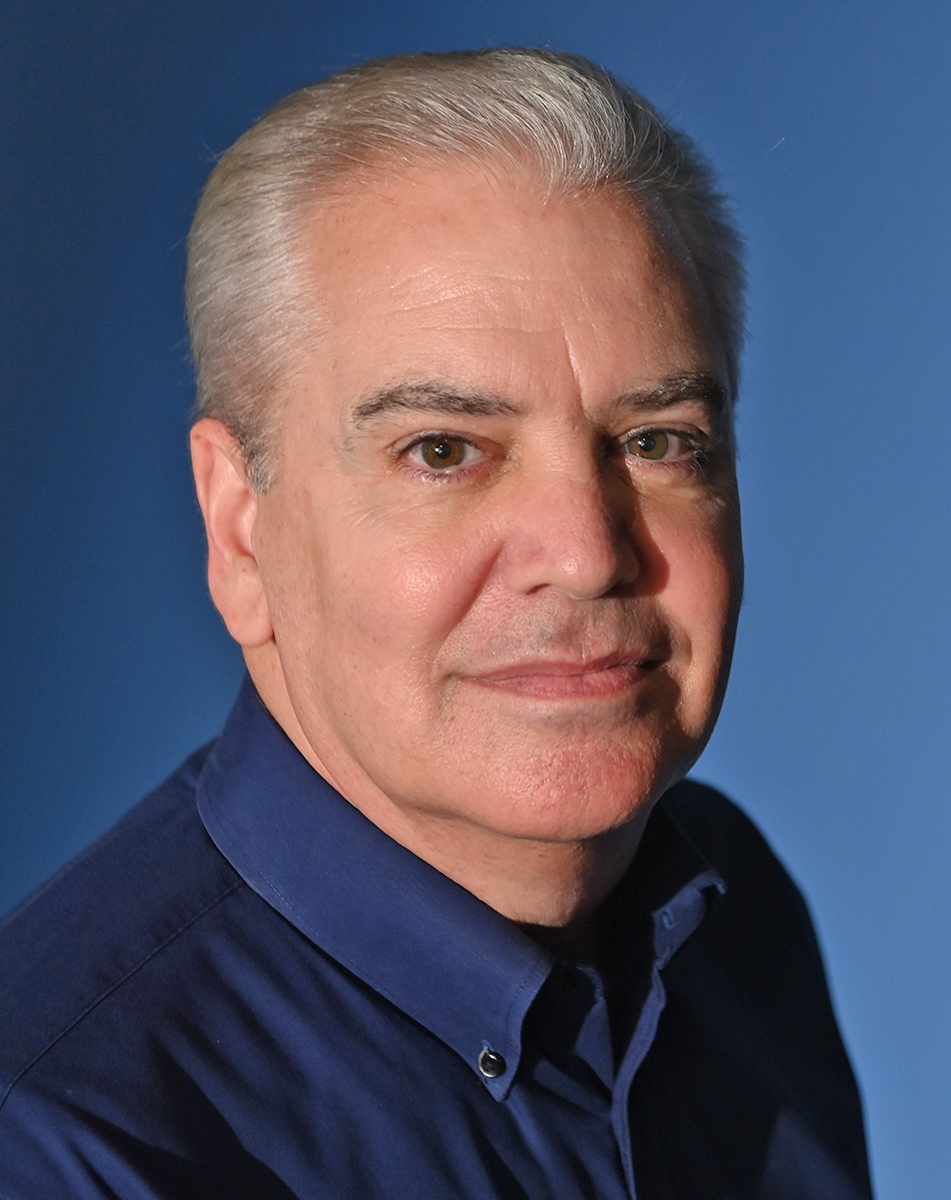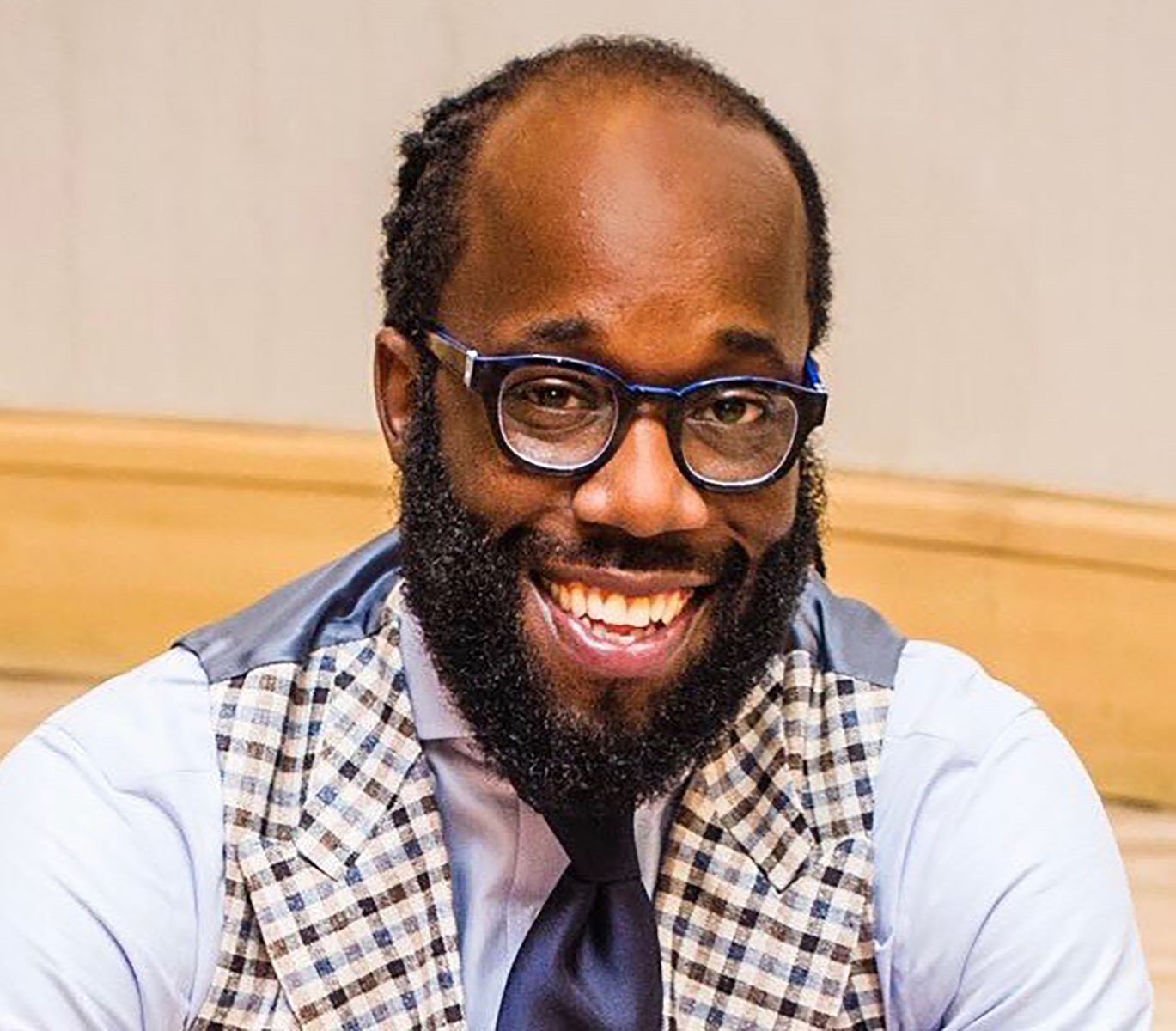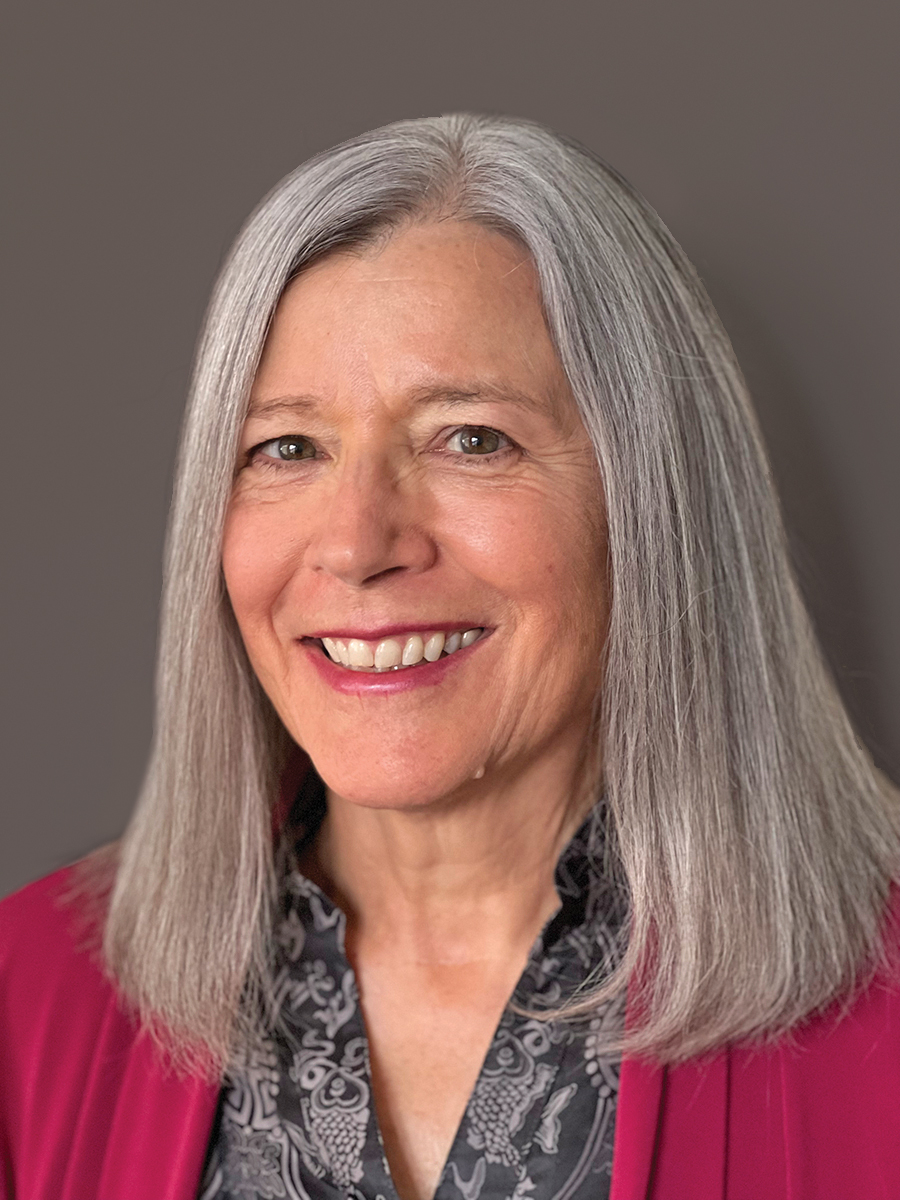Q&A with the Author
- Congratulations on your new book, CBT Treatment Plans and Interventions for Depression and Anxiety Disorders in Youth, which you coauthored with Sandra Pimentel, PhD. The book is a much-needed resource right now – the CDC has reported extensively on the alarming rise of "teen sadness." How does your book help clinicians better support their adolescent clients?
- CBT Treatment Plans and Interventions for Depression and Anxiety Disorders in Youth emphasizes flexible, personalized treatment plans for kids and teens. Why is this preferable to a one-sized-fits-all approach? How do you help clinicians think "on the fly" and tailor interventions to each client’s needs?
- Your book features 52(!) reproducible handouts and worksheets for use with parents and other professionals. Will you highlight one or two that you think will be particularly useful?
- As mentioned, you coauthored CBT Treatment Plans and Interventions for Depression and Anxiety Disorders in Youth with Sandra Pimentel. What was it like collaborating on writing a book? Are there particular strengths or areas of expertise that each of you brought to the project?
- Lastly, we would love to learn a little bit more about you on a personal level! When you are not working, what do you do for fun? Now that your book is out, is there a project that you are excited to work on next (a presentation, a workshop, writing another book, etc.)?
Congratulations on your new book, CBT Treatment Plans and Interventions for Depression and Anxiety Disorders in Youth, which you coauthored with Sandra Pimentel, PhD. The book is a much-needed resource right now – the CDC has reported extensively on the alarming rise of "teen sadness." How does your book help clinicians better support their adolescent clients?
Kids and teens today are facing so many challenges, from feelings of isolation, to reckoning with social justice, to navigating social media, and having lost out on so many important milestones like cancellations of extracurriculars, graduations, and more. It’s alarming to see such a rise in teen anxiety and depression. Our book directly addresses these issues by providing flexible CBT-based strategies to help young people overcome sadness and stress in their lives. It’s ideal for clinicians, and also primary care physicians, educators, coaches, child welfare, clergy, and others. We respond to real-world questions, offer diverse case studies, and sample session-by-session treatment plans.
CBT Treatment Plans and Interventions for Depression and Anxiety Disorders in Youth emphasizes flexible, personalized treatment plans for kids and teens. Why is this preferable to a one-sized-fits-all approach? How do you help clinicians think “on the fly” and tailor interventions to each client’s needs?
We are finally at the place in our field where we’ve started to recognize the great diversity that comes through our doors. Not only in diagnostic/clinical complexity, but in the culture, personal identity, and life circumstances that impact our clients. The time is right for a flexible set of tools that helps clinicians meet the needs of individual youth and their families. Our approach starts with the core fundamentals of case conceptualization and functional assessment. Clinicians become comfortable with the ongoing assessment process: what situations tend to get my client into trouble? How do they respond? Why do they act in a way that seems non-constructive? From there, they can try different interventions and strategies and see how they work. This streamlined approach helps clinicians simplify the decision-making process and focus on what matters most — getting to know their clients and helping them move towards valued goals.
Your book features 52(!) reproducible handouts and worksheets for use with parents and other professionals. Will you highlight one or two that you think will be particularly useful?
One of the unique features of our book is that we acknowledge the multiple systems that impact youth. We have separate chapters laying out guidelines for collaborating with psychiatrists, caregivers, and schools. To help, we have created a Physician Consultation checklist, listing information a clinician would want to organize about the physician, the patient, and follow-up recommendations. We recognize that school systems are continuing to see increased, pandemic-related nonattendance issues. When working with schools, it is critical to organize a collaborative parent-school-clinician meeting to establish goals, resources, and limits. We have created a worksheet that helps to plan each stakeholder’s role at different parts of the day to encourage school re-entry. For caregivers, we provide a number of handouts and worksheets designed to help them identify the child-parent interactions that contribute to avoidant and depressive cycles, including chain analysis and examples of daily renewable rewards charts. Handouts include fact sheets and jargon-free information to help busy clinicians provide the most critical information to caregivers and collaborators.
As mentioned, you coauthored CBT Treatment Plans and Interventions for Depression and Anxiety Disorders in Youth with Sandra Pimentel. What was it like collaborating on writing a book? Are there particular strengths or areas of expertise that each of you brought to the project?
Dr. Pimentel, who is Chief of Child and Adolescent Psychology at Montefiore Medical Center, and I have known each other a long time and have collaborated on a number of clinical and professional projects. So, in many ways, it was a seamless collaboration. We both come from similar stock, having done our doctoral work at Temple University. This was our first coauthored project of this size, and I think we both felt extremely lucky to have each other as partners. On a project of this size, it helps to push each other, keep each other on track, and have another set of eyes on everything. Most importantly, it just made the work fun! We shared so many stories about clients, students, and colleagues during the project who had inspired the work. We brainstormed ideas for vignettes, strategies, worksheets, and handouts. This was not two authors working in isolation – much of it was co-written together on countless Sundays at an Aroma coffee shop! It was a blast for us, and it felt like we were able to create our very own master class in CBT for youth that we had always wanted to see. We hope you agree!
Lastly, we would love to learn a little bit more about you on a personal level! When you are not working, what do you do for fun? Now that your book is out, is there a project that you are excited to work on next (a presentation, a workshop, writing another book, etc.)?
For me, I have two young kids, and so I spend any spare time chasing them through the best of kid life – gymnastics, music performances, ninja camp, and countless birthday parties with cardboard pizza. My family is also foodies, so we indulge in creative baking, experimenting, and always doing a big Sunday cook – whether that’s roasting chickens, wrapping dumplings, or rolling pizzas.
Next on tap professionally is the completion of a big trial that my team has been completing evaluating our transdiagnostic behavioral activation therapy that makes use of so many of the principles taught in this book. The goal is to consolidate into a single protocol a stripped down approach to managing anxiety, depression, and anger. Like I mentioned earlier, we need more diverse approaches to handling all that comes at us in clinics, and this suite of tools may help.
Sandy is the sporty/active one between us – ready for baseball and NWSL soccer seasons, playing softball, helping with her family’s flower shop, and of course, family, family, family. I know she’s working on several projects including evaluating creative ways to teach CBT skills to kids, for example, using an interactive superhero comic book and stepping into her role as President-Elect of the Association for Behavioral and Cognitive Therapies!
See all titles by and read more about Brian C. Chu on his author page!
